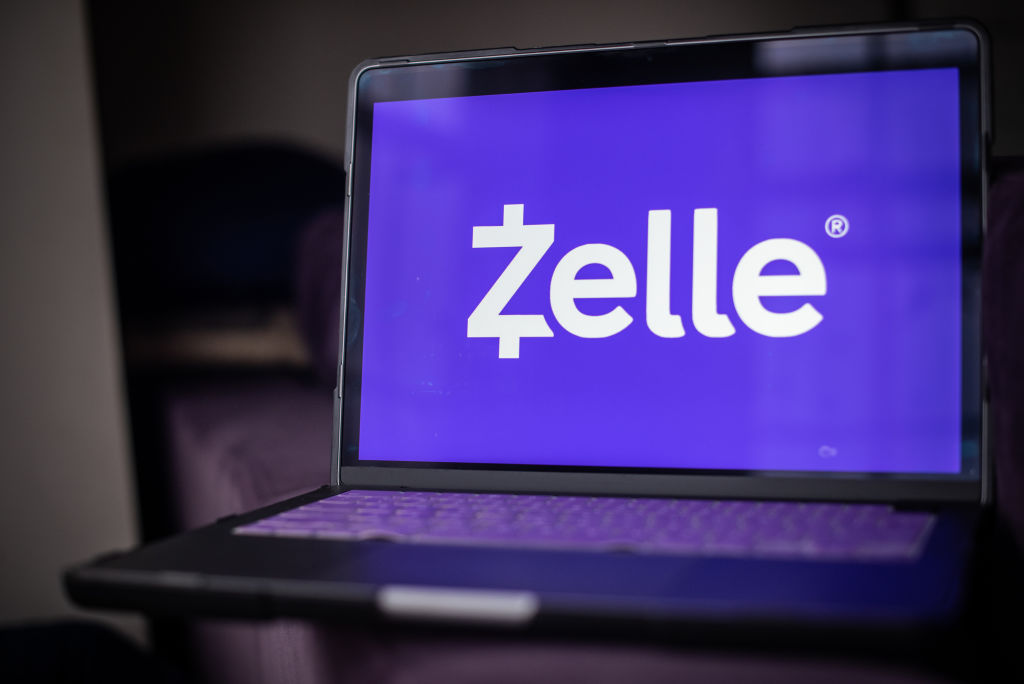This 'Super' 529 Strategy Can Help You Jumpstart College Savings
This 529 strategy — superfunding a 529 — can help you maximize savings for a child or grandchild's education expenses.


A 529 plan can be a valuable tool to invest in a child or grandchild’s education. Money in these plans grows free from federal or state taxes, as long as withdrawals are for qualified educational expenses. Because of the favorable tax treatment, 529s are one of the best ways to save for education.
Plus, 529 plans now benefit from two recent developments — the ability to roll over unused funds into a Roth IRA and to use the grandparent loophole to fund a grandchild’s education without impacting their financial aid eligibility.
But there’s another strategy — superfunding a 529 — that’s also worth considering if you have a good sum of money you plan on investing in your loved one’s future education.

Sign up for Kiplinger’s Free E-Newsletters
Profit and prosper with the best of expert advice on investing, taxes, retirement, personal finance and more - straight to your e-mail.
Profit and prosper with the best of expert advice - straight to your e-mail.
What is superfunding a 529?
529 plans allow a contributor to prepay a beneficiary's qualified higher education expenses at an eligible educational institution or to contribute to an account for paying those expenses. While 529 contributions have to be made with after-federal-tax money, the contributions grow free from federal or state tax.
529 plans are subject to gift taxes when they exceed certain thresholds. As Kiplinger reported, for 2024, the annual gift tax limit is $18,000 or $36,000 for married couples. The limit applies to each person who is receiving a gift. This means that you can donate up to $18,000 or $36,000 per grandchild per year without owing a federal gift tax.
However, “superfunding” a 529 account allows families to avoid paying gift taxes on large, one-time contributions to a 529 plan through 5-year gift tax averaging. To superfund a 529, you’ll make five years of contributions all at once, instead of spreading these contributions out over several years. This means you can contribute up to $90,000 per beneficiary to superfund a 529 plan ($180,000 for couples) and your contribution will be eligible for the gift-tax exemption.
“Technically, you could contribute more than $90,000, but then your lifetime federal estate and gift tax exemption amount would be reduced,” according to Elliott Appel at Kindness Financial Planning. “Currently, that amount is $13.61 million, but it could be reduced in the future.”
Once your five years of contributions have been recognized, you can make another superfunding contribution. 529 plan contributions between $18,000 and $90,000 must be reported by taxpayers on IRS Form 709 for each of the 5 years.
Benefits of superfunding a 529
The main benefit of superfunding a 529 is compounding. Here’s an example from Synovus that illustrates just how much you can earn over time by superfunding a 529 plan:
A single lump-sum $80,000 contribution compounded at 8% over 18 years would grow to a value of $319,681. If you spread that same $80,000 investment out over 5 years, contributing $16,000 per year (and then contributed no more for the next 14 years), your investment will only reach $292,641 — a $27,040 difference.
Another benefit of superfunding a 529? Reducing your taxable estate. Superfunding a 529 can be used to lower future estate tax liabilities, “fast-tracking the transfer of wealth out of the estate while leveraging the account’s tax-free growth potential,” according to Oppenheimer & Co. Inc.
Bottom line
Superfunding a 529 plan can be a great way to save for education expenses. By front-loading a 529, you’ll be able to avoid paying gift taxes on contributions, while maximizing the amount earned in interest over time.
However, according to a study from Edward Jones, 50% of Americans don’t know what a 529 plan is. If you’ve thought about contributing to a child or grandchild’s future education, a 529 plan could be the best way to do so. Learn more about 529s and how they work by reading our articles below.
Related Content
Get Kiplinger Today newsletter — free
Profit and prosper with the best of Kiplinger's advice on investing, taxes, retirement, personal finance and much more. Delivered daily. Enter your email in the box and click Sign Me Up.

Erin pairs personal experience with research and is passionate about sharing personal finance advice with others. Previously, she was a freelancer focusing on the credit card side of finance, but has branched out since then to cover other aspects of personal finance. Erin is well-versed in traditional media with reporting, interviewing and research, as well as using graphic design and video and audio storytelling to share with her readers.
-
 The New Space Age Takes Off
The New Space Age Takes OffThe Kiplinger Letter From fast broadband to SOS texting, space has never been more embedded in peoples’ lives. The future is even more exciting for rockets, satellites and emerging space tech.
By John Miley Published
-
 Ask the Editor: Four Reader Tax Questions
Ask the Editor: Four Reader Tax QuestionsAsk the Editor In our Ask the Editor series, Joy Taylor, The Kiplinger Tax Letter Editor, answers questions related to IRAs and other retirement accounts.
By Joy Taylor Published
-
 Home Insurance: How to Cut Costs Without Losing Coverage
Home Insurance: How to Cut Costs Without Losing CoverageNatural disasters are causing home insurance premiums to soar, but don't risk dropping your coverage completely when there are ways to keep costs down.
By Jared Elson, Investment Adviser Published
-
 Why Homeowners Insurance Has Gotten So Very Expensive
Why Homeowners Insurance Has Gotten So Very ExpensiveThe home insurance industry is seeing more frequent and bigger claims because of weather, wildfires and other natural disasters.
By Karl Susman, CPCU, LUTCF, CIC, CSFP, CFS, CPIA, AAI-M, PLCS Published
-
 Zelle App Shut Down? Why Zelle Has Discontinued Its App
Zelle App Shut Down? Why Zelle Has Discontinued Its AppWith the Zelle app shut down, learn how you can still use Zelle and which other mobile payment apps you might want to consider.
By Paige Cerulli Published
-
 Use This 1-Year CD if You’ll Owe Taxes Next Year
Use This 1-Year CD if You’ll Owe Taxes Next YearA one-year CD allows you to set money aside now for taxes you'll owe next year. We'll show our best choice.
By Sean Jackson Published
-
 How to Lower Home Insurance Rates When Climate Change Increases Costs
How to Lower Home Insurance Rates When Climate Change Increases CostsA top insurer warns the damage climate change causes is making it cost-prohibitive for insurers in some areas. Learn how to protect your home and lower costs.
By Sean Jackson Published
-
 Stick to the Plan: Don't Panic During Economic Uncertainty
Stick to the Plan: Don't Panic During Economic UncertaintyTake a breath and step back. Focus on a solid fiscal foundation to stabilize your investments during stock market volatility.
By Eric Lahaie, CFS®, RICP® Published
-
 How Inflation Affects Your Finances and How to Stay Ahead
How Inflation Affects Your Finances and How to Stay AheadThe cost of goods and services is certain to rise over time, making it essential to have a financial plan that will help you keep pace.
By Kyle D. Sikes Published
-
 Now's a Great Time to Become a Financial Adviser: Here's Why
Now's a Great Time to Become a Financial Adviser: Here's WhyThere's a growing need for financial advisers. Why not take on a role that offers earning potential and work-life balance and helps change lives?
By John Roberts Published